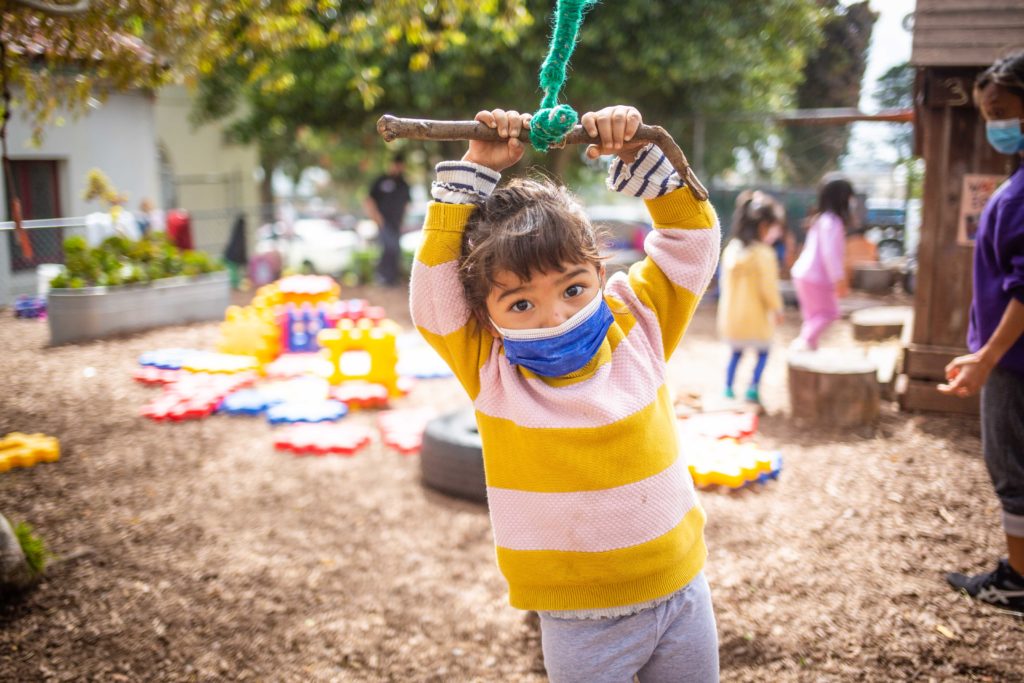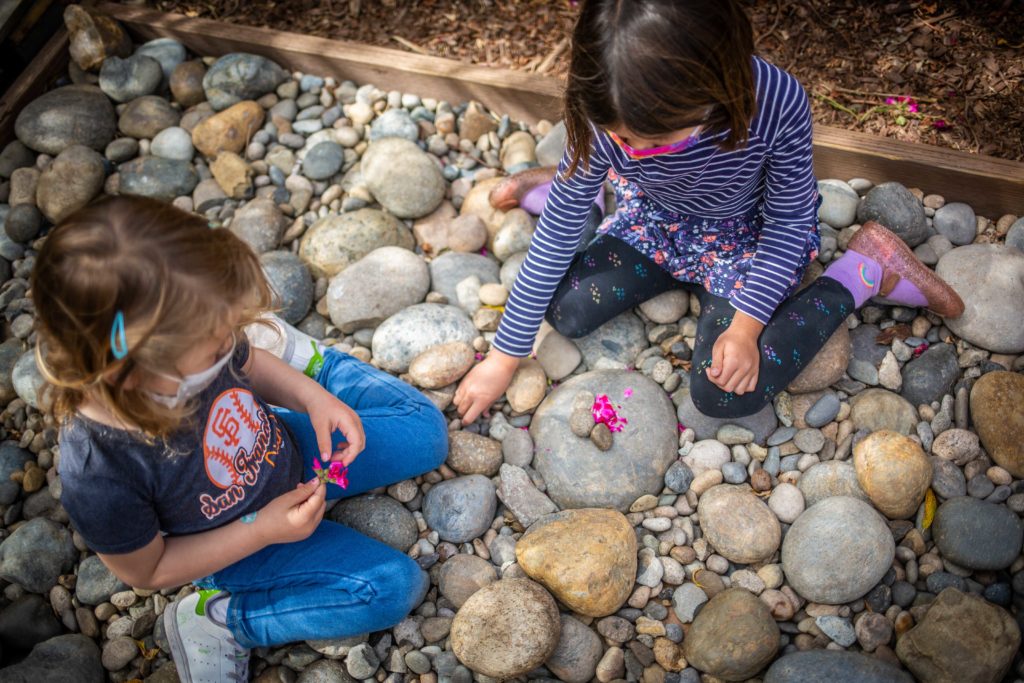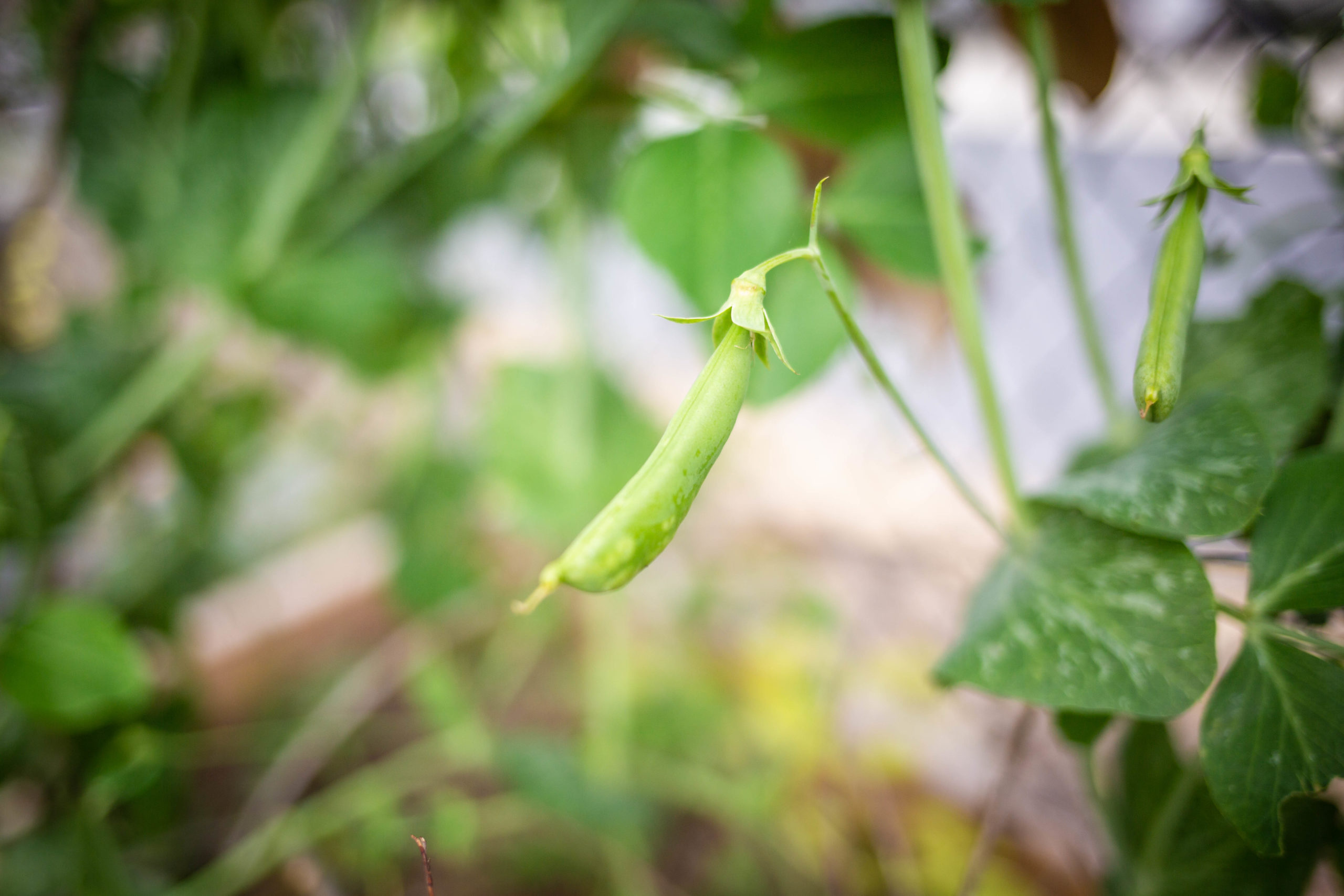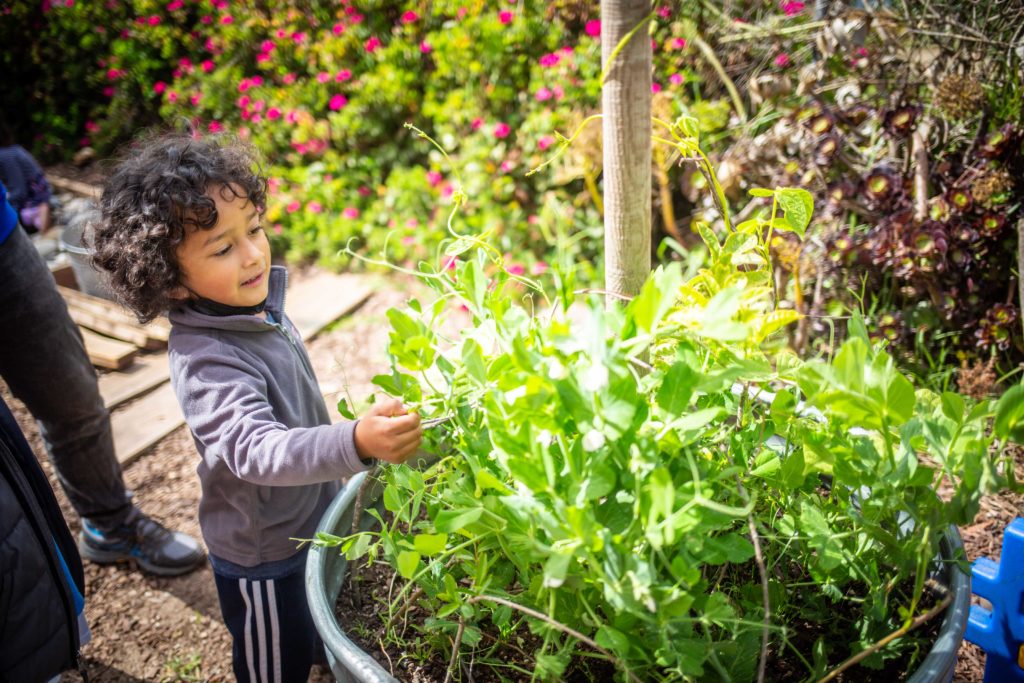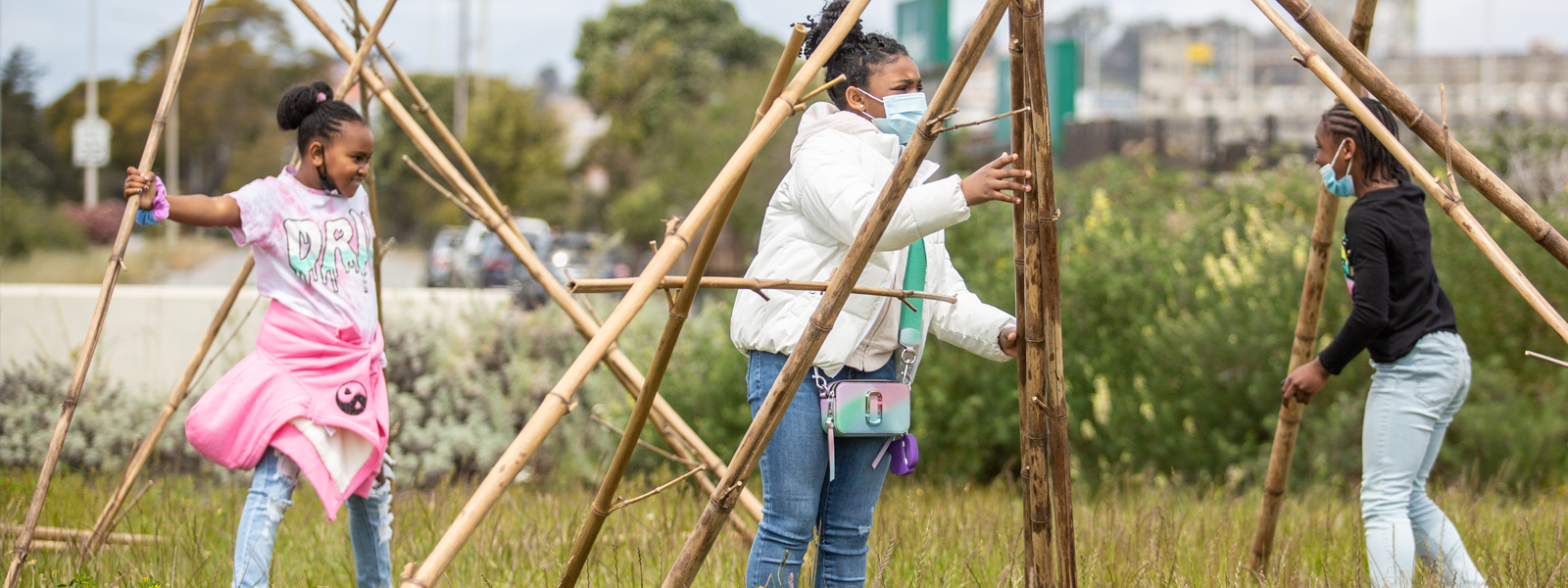Dear Community,
In 2017, we launched San Francisco Children & Nature (SFCN) to address the disparities in nature access along socioeconomic and racial lines to ensure all children have the opportunity to play, learn and grow in the outdoors. To date, over 40 city agencies and nonprofit organizations have worked together as a collaborative to equitably expand opportunities for nature connection in early education, schools and neighborhoods, and advocate for places, programs and policy that support our mission.

As we step into our seventh year of collective action, we’ve taken a moment to reflect and evaluate how to continue moving toward even greater impact and sustainability. We are thrilled to share our 2024-2029 Strategic Plan representing a continued commitment to building a city-wide movement that enhances access to nature spaces and high-quality nature experiences.
We hope this plan inspires you as much as it does us. Its success depends on genuine collaboration, involving ALL OF US.
Whether you are an SFCN founding member, a working group participant, or a recent addition to our community, we look forward to your continued partnership on this journey towards our shared vision: Nature for Every Child, Every Day.
In collaboration,
Amy Miller, California Academy of Sciences
Chad Nico Hiu, YMCA of San Francisco
Damien Raffa, Presidio Trust
Elena Norberg-Brown, SF Recreation & Parks
Jenny Lam, SF Department of Early Childhood; San Francisco Board of Education
Liz Winograd, Low Income Investment Fund
Maria Durana, SF Recreation & Parks
Renée Marcy, SF Unified School District
Yakuta Poonawalla, Golden Gate National Parks Conservancy
SF Children & Nature Steering Committee





